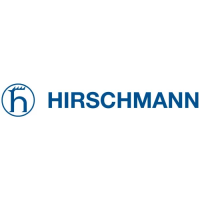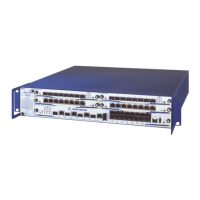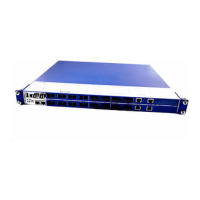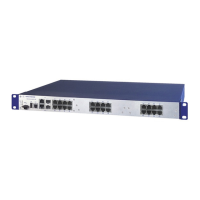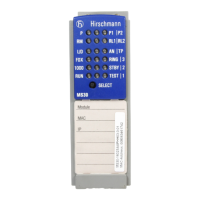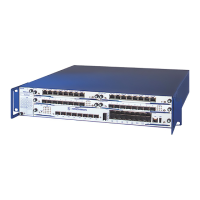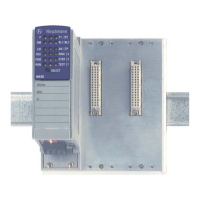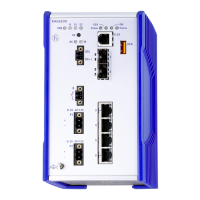Protection from unauthorized access
Basic - L3P
Release
4.0
11/07
6.6
Access Control Lists (ACL).
23
6.6.5 Configuring MAC ACLs
Example: MAC ACL
Filtering AppleTalk and IPX from the entire network.
enable Switch to the Priviledged EXEC mode.
configure Switch to the Configuration mode.
mac access-list extended
ipx-apple
deny any any ipx
deny any any appletalk
permit any any
Create the extended ACL "ipx-apple".
Add the rule "deny IPX" to the list.
Add the rule "deny AppleTalk" to the list.
Add the rule "permit all other data" to the list.
exit Switch to the Configuration mode.
mac access-group ipx-apple
in
Attach the ACL "ipx-apple" to all interfaces.
exit Switch to the Priviledged EXEC mode.
show mac access-lists Display the ACLs.
MAC ACL Name Rules Direction Interface(s)
------------------------------- ----- --------- ------------------
ipx-apple 3 inbound 1/1,1/2,1/3,1/4,2/
1,2/2,2/3,2/4,3/1,3/2
show access-lists interface
1/1 in
Display the ACLs of interface 1.1.
ACL Type ACL ID Sequence Number
-------- ------------------------------- ---------------
MAC ipx-apple 1
